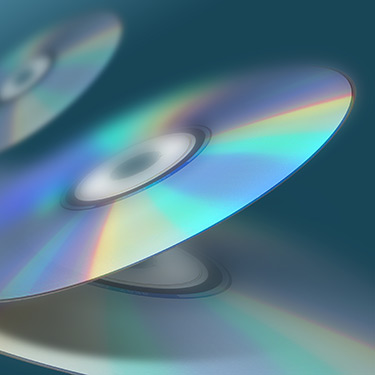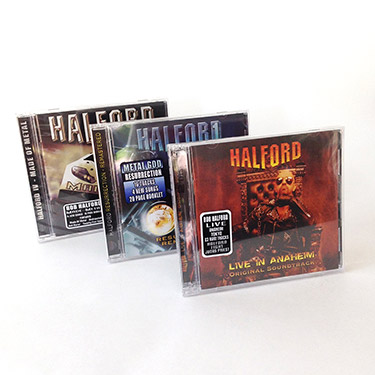Advantages Of Using Dvd Replication Services
DVD replication services offer a number of benefits that make them an attractive option for storing and distributing data. The main advantage of using a DVD replication service is convenience. Customers can store large amounts of data on a single disc and can easily duplicate the discs for distribution. This eliminates the need for additional storage space and reduces the costs associated with distributing data.
The security offered by DVD replication services is another major benefit. DVD replication allows data to be stored securely. The discs are waterproof and protected from scratches and other damage. Additionally, the discs can be encrypted to ensure that the data is protected from unauthorized access.

The speed at which data can be stored and distributed using DVD replication is also a major benefit. Discs can be produced quickly and easily, which means data can be distributed quickly and efficiently. Additionally, the discs can be stored for extended periods of time without degradation, which makes them perfect for long-term storage.
DVD replication services are cost-effective. Replication is an affordable way to store and distribute data, which allows customers to save money on data storage and distribution costs. Additionally, the discs can be produced quickly and easily, which reduces the time and effort associated with the process.
Overall, DVD replication services offer a number of advantages that make them an attractive option for storing and distributing data. The convenience, security, speed, and cost-effectiveness of DVD replication make it a great choice for businesses and individuals that need to store and distribute large amounts of data.
